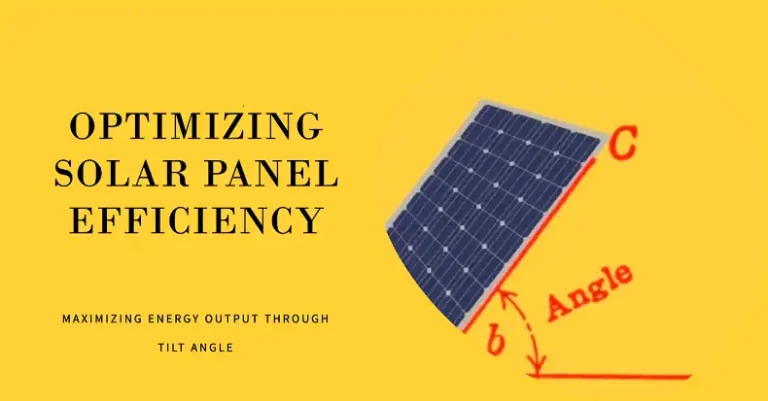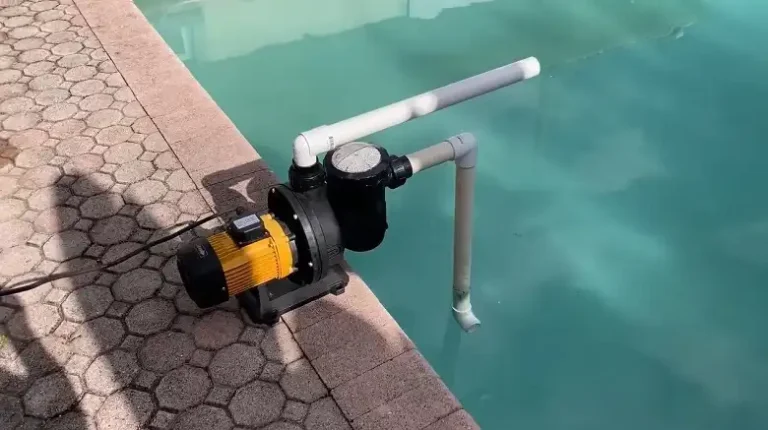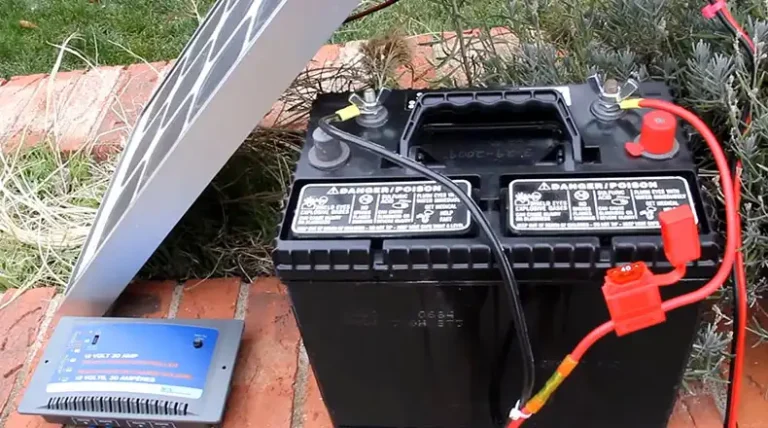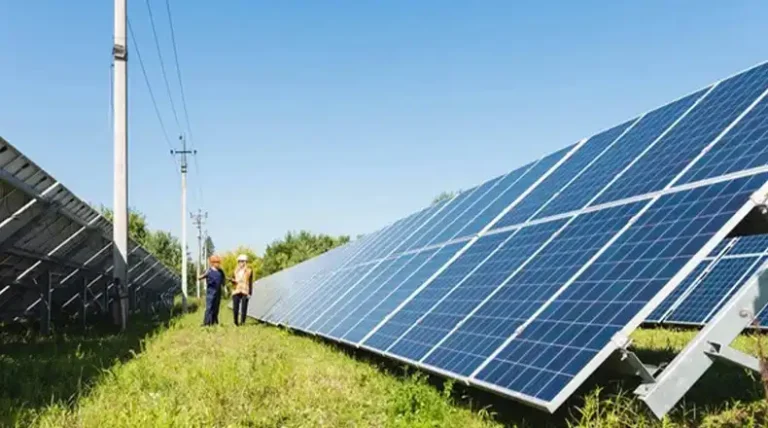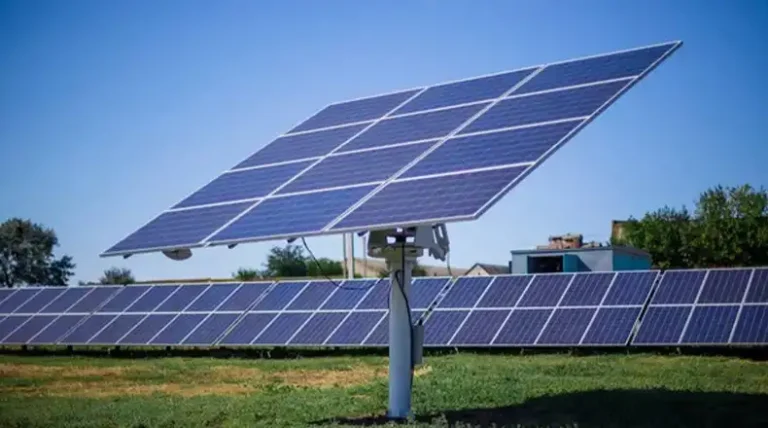What Are Snail Trails On Solar Panels And How To Fix Them?
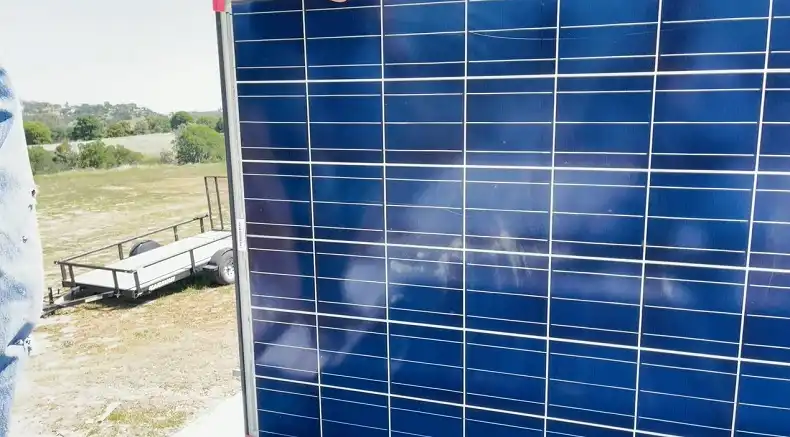
Installing solar panels is a sustainable investment that reduces utility costs and your carbon footprint.
However, issues like snail trails can affect their efficiency over time. Snail trails, also known as snail tracks or worm marks, are discolored lines that appear on solar panels after extended use.
These dark or brown streaks typically form near busbars, along panel edges, or near microcracks.
Understanding what causes snail trails, their impact on solar panel performance, and how to prevent them is crucial for maintaining the efficiency and longevity of your solar energy system.
In this article, we’ll explore the science behind snail trails, their effects on solar panels, and practical steps to minimize their occurrence.
What Are Solar Panel Snail Trails?
Snail trails are localized discolored lines that appear on solar panels after they’ve been in use for some time.
These markings get their name from their resemblance to the trails left behind by snails or worms. They typically present as dark or brown streaks on the surface of solar panels.
Location and Appearance:
- Commonly found near busbars
- Often appear along the edges of panels
- Frequently seen adjacent to microcracks
Visual Characteristics:
- Slender, brownish lines
- Give the impression of snails or worms having moved across the panel’s surface
- Can cover the entire panel in severe cases
Timing of Appearance:
Snail trails usually become noticeable on solar panels that have sustained microcracks or similar damage.
They often appear months after the panels have been exposed to outdoor conditions. Once they form, these trails tend to be permanent and visually obvious features of the affected solar panels.
Impact on Aesthetics:
When snail trails cover a significant portion of a solar panel, they can substantially affect its aesthetic appeal.
This can be particularly concerning for installations where the visual appearance of the panels is important, such as on residential rooftops or in architecturally sensitive areas.
How Snail Trails Form on Solar Panels
The formation of snail trails on solar panels is a complex process involving both chemical and physical interactions. Understanding this process can help in developing strategies to prevent or minimize their occurrence.
Initial Chemical Reaction:
The process begins with a chemical reaction at the solar panel’s busbars. This sets the stage for the subsequent formation of snail trails.
Physical Stress and Microcracks:
Over time, physical stress contributes to the development of microcracks on the panel’s surface. These microcracks play a crucial role in the formation of snail trails by allowing moisture to seep into the panel.
Moisture Ingress and Corrosion:
Once moisture enters through the microcracks, it interacts with various elements:
- Electric field within the panel
- Ultraviolet radiation from sunlight
- Operating temperatures of the panel
These factors combine to initiate a corrosion process within the panel structure.
Migration of Silver Particles:
During the corrosion process, silver contacts and the encapsulation foil undergo deformation. This leads to the migration of silver particles onto the EVA (Ethylene Vinyl Acetate) foil.
Secondary Chemical Reactions:
The EVA foil contains chemical elements such as sulfur, phosphorus, and chlorine. These elements react with the migrated silver particles, forming tiny particles that collectively manifest as visible snail trails on the solar cells and their encapsulation materials.
Extended Exposure Effects:
Prolonged exposure to harsh outdoor conditions accelerates the snail trail formation process:
- EVA material degrades, emitting carbon dioxide and acetic acid
- Oxygen in the air reacts with the panel’s silver paste, forming silver carbonate
- Silver carbonate further reacts with acetic acid in the EVA, producing silver acetate
- The silver acetate deposits on the EVA, appearing as brown lines or snail trails
The Key Role of Microcracks:
It’s important to note that microcracks are essential for this process. Without these cracks allowing external elements (particularly moisture) to penetrate, the formation of snail trails is significantly less likely.
Therefore, the presence and condition of microcracks are key factors in the emergence of snail trails on solar panels.
Causes of Snail Trails
Understanding the root causes of snail trails is crucial for developing effective prevention strategies. Several factors contribute to their formation:
Material Defects:
- Difference in chemical properties between EVA foil and silver contacts
- Degradation of EVA material over time
- Backsheet water vapor permeability issues
These material defects often become apparent when solar panels are in use, although they can also originate during the manufacturing process as ‘manufacturing cosmetic blemishes’.
Chemical Processes:
The chemical processes resulting from these material defects primarily involve corrosion reactions. Snail trails become visible when microcracks on the solar panel surface allow moisture and oxygen to seep in.
Microcracks:
While not every microcrack leads to the formation of snail trails, there is a significant correlation between the presence of microcracks and the appearance of snail trails in the same areas of a solar cell.
Microcracks are considered the principal catalysts for the development of snail trails on solar panels.
Environmental Factors:
Extended exposure to harsh outdoor conditions accelerates the formation of snail trails. Factors such as humidity, temperature fluctuations, and UV radiation play a significant role in this process.
Manufacturing and Handling:
Poor quality control during manufacturing or rough handling during transportation and installation can create microcracks, setting the stage for snail trail formation.
Impact of Snail Trails on Solar Panels
Snail trails on solar panels are not just an aesthetic issue; they can have significant impacts on the performance and longevity of the panels. Understanding these impacts is crucial for solar panel owners and industry professionals:
Degradation in Solar Panel Performance:
- Reduced Light Reflection: Snail trails diminish light reflection from the surface of solar cells, leading to lowered efficiency and reduced energy yield.
- Potential Power Loss: Research on crystalline solar panels with snail trails indicates a potential decrease in power efficiency of up to 9.1%.
- Cell Damage: The erosion caused by these trails can damage the solar cells, further impairing the electrical performance of the panel.
Formation of Hot Spots:
- Increased Current Resistance: Snail trails can increase current resistance on the solar panel.
- Heat Generation: This resistance leads to the creation of hot spots, which are localized areas of intense heat.
- Performance Impact: Hot spots not only reduce energy conversion efficiency but can also compromise the long-term stability and reliability of the panel.
Aesthetic Impact:
- Visual Appearance: Snail trails significantly detract from the visual appeal of solar panels.
- Worsening Over Time: These brown marks can worsen over time, leading to a lasting negative effect on the appearance of the solar panel and its installation surfaces.
- Aesthetic Concerns: This degradation can be particularly problematic in residential and commercial settings where the visual aspect of solar installations is important.
Long-Term Reliability Issues:
- Progressive Damage: As snail trails develop and expand, they can lead to progressive damage of the solar cells and encapsulation materials.
- Reduced Lifespan: This ongoing damage can potentially shorten the overall lifespan of the solar panel.
Financial Implications:
- Reduced Return on Investment: The decrease in energy output and potential need for early replacement can affect the financial returns of a solar installation.
- Warranty Concerns: Severe snail trail issues might lead to warranty claims, depending on the manufacturer’s policies.
Preventing Snail Trails on Solar Panels
Preventing snail trails is crucial for maintaining the efficiency and longevity of solar panels. Here are some effective strategies to minimize the risk of snail trail formation:
Handle Solar Panels with Care to Avoid Microcrack Formation:
Proper Installation and Maintenance:
- Ensure solar panels are installed by qualified professionals.
- Use robust mounting frames and support structures that meet design specifications.
- Conduct regular inspections and maintenance, including cleaning and checking fasteners.
Gentle Handling:
- Avoid applying excessive force or pressure during installation and maintenance.
- Be particularly careful near the edges of solar panels.
Suitable Foundation and Support:
- Ensure the foundation and support structure meet necessary design requirements.
- Choose structures capable of withstanding environmental factors like wind, rain, and snow.
Choose Solar Panels with Advanced Encapsulation Materials:
Material Selection:
- Opt for solar panels with high-quality, durable encapsulation materials.
- Look for materials that can withstand environmental changes and prevent moisture ingress.
Example of Quality Materials:
- Consider panels like Maysun’s HJT double glass bifacial solar panels, which use POE (polyolefin elastomer) for encapsulation.
- POE offers superior performance, UV resistance, and weather resistance.
Benefits of Advanced Materials:
- Improved stability under various climatic conditions.
- Extended lifespan of panels.
- Better resistance to environmental factors that contribute to snail trail formation.
Quality Control in Manufacturing:
Choose Reputable Manufacturers:
- Select solar panels from manufacturers known for stringent quality control processes.
- Look for certifications and third-party testing results.
Advanced Manufacturing Techniques:
- Panels made with advanced techniques are less likely to develop microcracks during production.
Proper Transportation and Storage:
Careful Handling During Transport:
- Ensure panels are properly packaged and protected during transportation.
- Avoid stacking too many panels on top of each other.
Appropriate Storage Conditions:
- Store panels in a dry, temperature-controlled environment before installation.
- Avoid exposing panels to extreme temperatures or humidity before installation.
Regular Inspection and Maintenance:
Scheduled Check-ups:
- Implement a regular inspection schedule to catch any issues early.
- Look for signs of microcracks or early stages of snail trail formation.
Professional Cleaning:
- Use appropriate cleaning methods that don’t risk damaging the panel surface.
- Avoid using abrasive materials or harsh chemicals.
Environmental Protection:
Weather-Resistant Designs:
- Choose panels designed to withstand local weather conditions.
- Consider additional protective measures in areas with extreme weather.
By implementing these preventive measures, solar panel owners and installers can significantly reduce the risk of snail trail formation.
This proactive approach helps maintain the efficiency, appearance, and longevity of solar installations, ensuring optimal performance and return on investment over the long term.
Conclusion
Snail trails on solar panels, while common, can be effectively managed with the right knowledge and preventive measures.
Understanding their causes, impacts, and prevention strategies is crucial for maintaining the efficiency and longevity of solar installations.
By choosing high-quality panels, ensuring proper installation and handling, and implementing regular maintenance, solar panel owners can minimize the risk of snail trail formation.
As the solar industry continues to evolve, advancements in materials and manufacturing processes will likely lead to even more resilient solar panels, further reducing the occurrence of snail trails and other performance-degrading issues.

